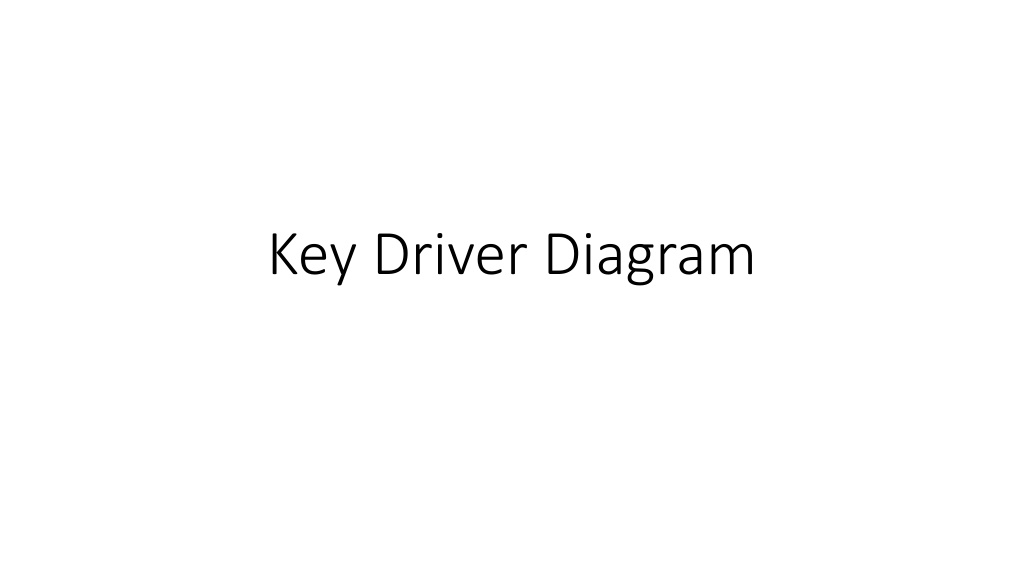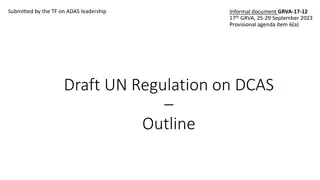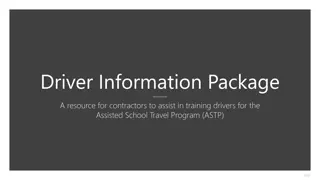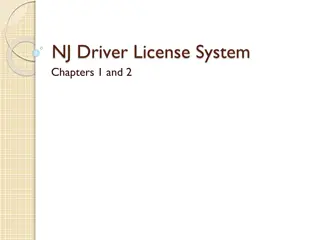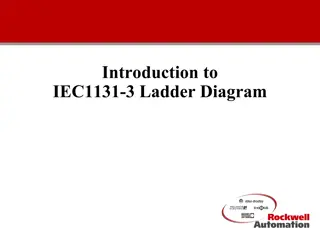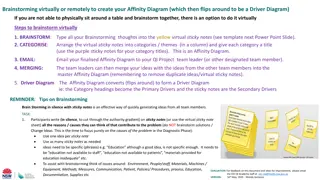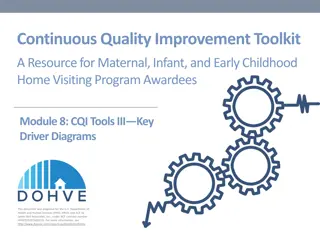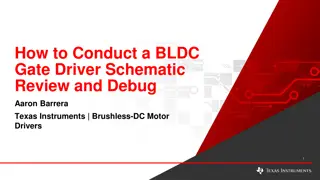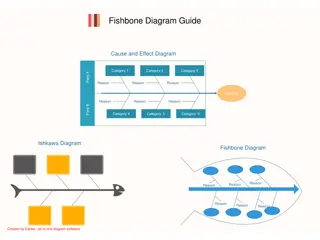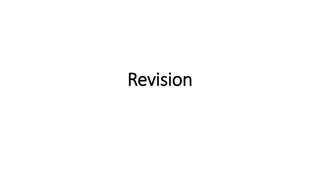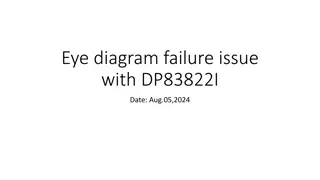Key Driver Diagram
This project aims to standardize interventions for mothers with opiate use disorder and their newborns, focusing on reducing length of stay, minimizing pharmacologic care exposure, and increasing support care planning. Key drivers include stigma education, family/care team relationships, and consistent withdrawal scoring. The ultimate goal is to improve the inpatient management of infants with Neonatal Opioid Withdrawal Syndrome (NOWS) by implementing effective strategies and guidelines.
Download Presentation

Please find below an Image/Link to download the presentation.
The content on the website is provided AS IS for your information and personal use only. It may not be sold, licensed, or shared on other websites without obtaining consent from the author.If you encounter any issues during the download, it is possible that the publisher has removed the file from their server.
You are allowed to download the files provided on this website for personal or commercial use, subject to the condition that they are used lawfully. All files are the property of their respective owners.
The content on the website is provided AS IS for your information and personal use only. It may not be sold, licensed, or shared on other websites without obtaining consent from the author.
E N D
Presentation Transcript
Interventions Need to go from conceptual to specific, actionable ideas The difference between standardization and making a specific order set the default Change concepts can include eliminating waste, manage variation, manage time, design systems to avoid mistakes, improving work flow, enhance the hospital/customer relationship
Global Aim Interventions Secondary Drivers Primary Drivers To optimize inpatient care strategies for mothers with opiate use disorder* and opiate exposed newborns. Stigma education as part of ongoing education procedures Strengthen Family/Care Team Relationships Identification and Assessment of Opiate Exposed Newborns Standardize education for all staff on withdrawal scoring Withdrawal scoring consistency SMART Aims By March 1, 2022, in infants born at 35w GA with NOWS: Non-pharmacologic care standardization Non-pharmacologic care guidelines for opioid exposed newborns 1) Reduce length of stay by 20% 2) Reduce exposure to pharm care by 20% 3) Increase the % of mothers and infants discharged with Plan of Supportive Care to 95% Inpatient Management of Infants with NOWS Pharmacologic care consistency: initiation, weaning, and cessation Pharmacologic treatment guidelines Establish hospital policy for infant transfer and rooming in Keeping mother-baby dyad together Hospital specific Plan of Supportive Infant Discharge Establish hospital specific supportive discharge package Population Plan of Supportive Care for Mother and Baby Mothers with opiate use disorder and opiate exposed newborns in the state of Alabama Establish hospital specific supportive discharge package Hospital specific Plan of Supportive Maternal Discharge *Positive self report screen or toxicology, use of non-prescribed opioids, use of prescribed opioids >1 month, newborn screen positive for opioids, newborn affected by maternal use of opioids
Global Aim Interventions Secondary Drivers Primary Drivers . SMART Aims Population
Constructing a Key Driver Diagram Interventions: What changes can you test to target primary and secondary drivers? What changes can you make that will result in improvement? Global Aim: The project s North Star. What is your ultimate goal you re trying to achieve? Possible interventions may be identified by considering evidence based practices, the voice of the customer, process observation, conducting a simplified FMEA. SMART Aim: Should have an aim that is Specific, Measurable, Achievable, Realistic, and Timely. Identify changes that will redesign the system causing impact far in the future. Work on fire prevention rather than fire fighting. Population: Be specific regarding which patients will be included in the project. Key Drivers: What are the key items that will help you achieve your SMART Aim? To help map out drivers, conducting a FMEA may be helpful. Should be specific. E.g. how can you operationalize standardization?
